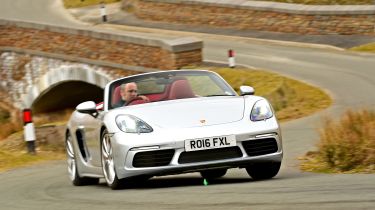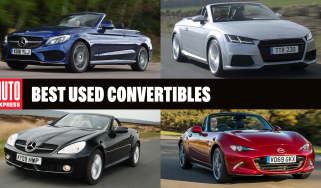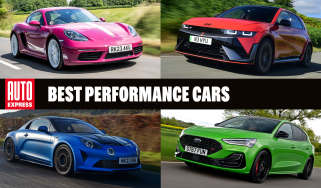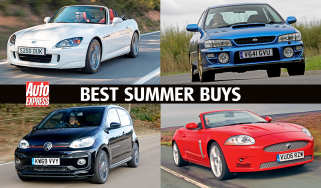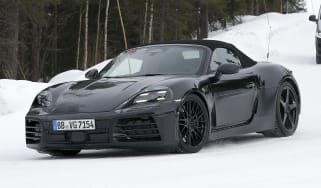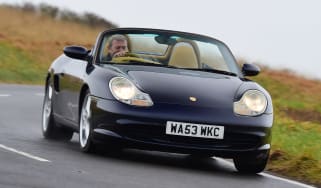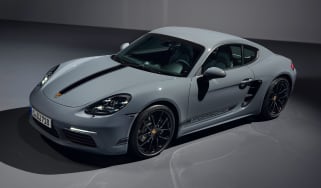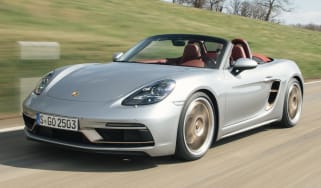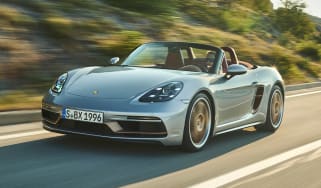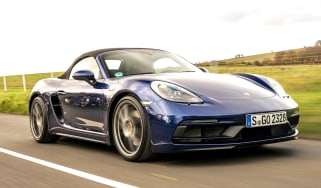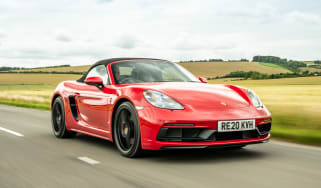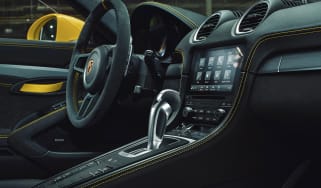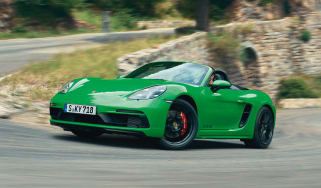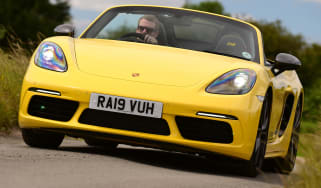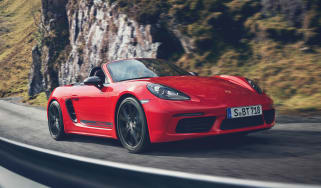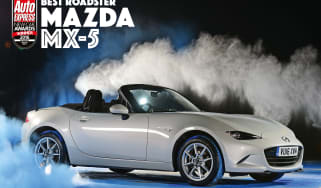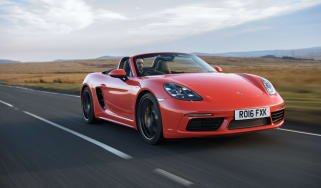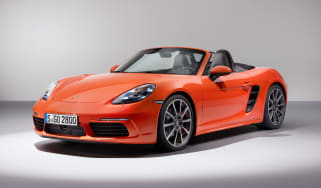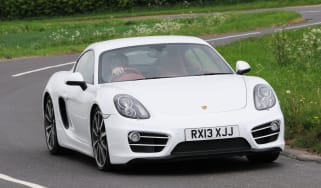Porsche 718 Boxster review
Latest Porsche 718 Boxster gets four- and six-cylinder engines that blend power, performance and efficiency

Despite the changes to its exterior being best described as subtle, the Porsche 718 Boxster has seen the most far-reaching updates under the skin since its debut more than 20 years ago. The adoption of four-cylinder engines was tough for some purists to swallow, but what these units lack in ultimate character, they make up for with scorching performance and decent efficiency.
The Porsche Boxster has come a long way since it first went on sale in 1996. It's no longer the cheapest way to Porsche ownership - the mechanically identical 718 Cayman coupe costs less - while the specs have changed over time to help it maintain its position as one of the best-handling cars for sale in the UK.
The current car is actually called the 718 Boxster, with the number being a reference to Porsche's four-cylinder racing cars of the 1950s and 1960s. In the Boxster and Boxster T there's a 2.0-litre flat-four, while a larger 2.5-litre version features in the Boxster S. Both engines are turbocharged and they offer power outputs of 296bhp and 345bhp, respectively. To much fanfare, Porsche has reintroduced six-cylinder power, in the form of the 4.0-litre Boxster GTS. This version uses the same unit found in the 718 Spyder, although producing slightly less power at 394bhp.
More reviews
There aren't many mid-engined two-seat roadsters for sale in the UK. In fact, apart from the Boxster, there's the Lotus Elise, and that's it. Boxster prices start from around £47,000 for the standard car, and around £56,000 for the Boxster S. The closest models in terms of price and execution include top-spec versions of the Audi TT Roadster, chiefly the four-wheel drive TTS and TT RS, while the latest BMW Z4 roadster is another opponent.
If you can forego open-top motoring, then the 718 Cayman costs slightly less, while the Alpine A110 follows a similar template.
From the outside, the 718 Boxster is very much an evolution of the previous generation Boxster, and only dedicated Porsche fans will be able to tell the difference. The mid-engine roadster layout determines the car's shape, while the 718 has a smoother nose and a black bar across the rear joining the tail-lights. Apart from that, it's largely the same as before, although the slightly droning four-cylinder engine note is obvious when the car is running.
And that's about the harshest criticism there is of the 718 Boxster - the four-cylinder units don’t sound quite as good as the old, naturally aspirated flat-six. But the offset of this is performance that's better than ever, while the car also delivers even greater efficiency than before. The lighter weight of the four-cylinder engines mean the Boxster's handling is sharpened, while the responsive steering is alive with feedback. Chassis grip is near-unbreakable, too, meaning the Boxster is a confidence-inspiring sports car that can help a novice improve their driving ability, especially on track days.
Opt for the particularly driver-focused Boxster T, and you’ll benefit from a slightly cheaper asking price than a standard car with similar options, along with lower suspension, PASM dampers, adaptive engine mounts and a mechanical limited-slip differential. It’s not a fully stripped-out track special, but is the best choice for keen drivers.
